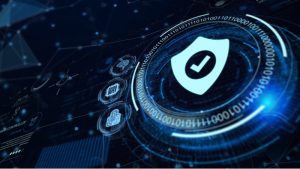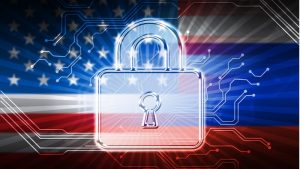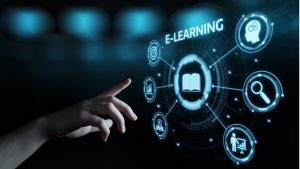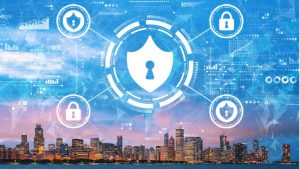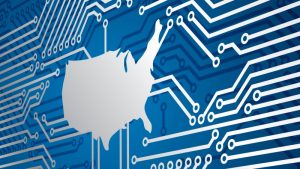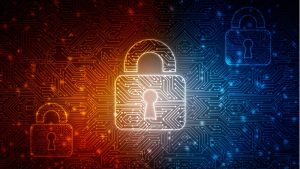Sharing data in the cloud provides educators and students the ability to work and study wherever they are. Still, it also comes with some key security considerations, especially when creating your cloud strategy.
Rep. Yvette Clarke, D-N.Y., chair of the House Homeland Security Committee’s Cybersecurity Subcommittee, said today she hopes Congress will provide further funding for IT modernization and cybersecurity improvements to build on the recent $1 billion infusion into the Technology Modernization Fund (TMF), and the extra $650 million provided to the Cybersecurity and Infrastructure Security Agency (CISA) in the American Rescue Plan Act.
After announcing the creation of six cybersecurity grants for school districts earlier this year, IBM has announced the program’s recipients of $3 million, total, in grants that would allow the school districts to create cybersecurity preparedness teams.
Sens. Gary Peters, D-Mich., and Rick Scott, R-Fla., reintroduced the K-12 Cybersecurity Act May 27 in an effort to strengthen the cybersecurity of school systems. This is the second time the two introduced the Act, having previously introduced similar legislation in 2019 in the last Congress.
Reps. Ted Lieu, D-Calif., and Nancy Mace, R-S.C., led a bipartisan group of legislators in reintroducing the Ensuring National Constitutional Rights for Your Private Telecommunications (ENCRYPT) Act.
New legislation introduced in the Senate today would authorize $100 million of Federal spending per year, for a period of seven years, to help state and local governments take quick action on fixing pressing IT problems.
Following the recent ransomware attack on Colonial Pipeline Company, Rep. Elissa Slotkin, D-Mich., proposed a bill last week that would require the Cybersecurity and Infrastructure Security Agency (CISA) to establish a National Cyber Exercise Program to test the United States’ cyber readiness.
Representatives on the House Homeland Security Committee reintroduced legislation May 12 that would create a $500 million-per-year Department of Homeland Security (DHS) grant program to help incentivize state and local governments (SLGs) to improve cybersecurity funding.
Reps. Andy Kim, D-N.J., and Joe Wilson, R-S.C., introduced bipartisan legislation on May 4 that would strengthen states’ cybersecurity readiness and allow governors to deploy their state’s National Guard to respond to cybersecurity threats.
Members of a key House cybersecurity subcommittee and a panel of expert witnesses agreed at a May 5 hearing on the pressing need to disrupt ransomware-driven cyber attacks, and aired a variety of strategies to more toward that goal.
